Jean-Paul Ducrotoy
Bio-sedimentary indicators for estuaries: a critical review
Ducrotoy, Jean-Paul; Mazik, Krysia; Elliott, M
Authors
Dr Krysia Mazik K.Mazik@hull.ac.uk
Senior Lecturer. Marine Biology
Professor Mike Elliott Mike.Elliott@hull.ac.uk
Emeritus Professor of Estuarine and Coastal Sciences/ Research Professor, Institute of Estuarine and Coastal Studies
Abstract
The rational management of the marine environment relies on the measurement of selected attributes and the detection of changes in carefully chosen parameters as the result of human activities. Following that detection, integrated management relies on actions being predefined in order to minimise harmful effects. This book undertakes an analysis of the indicators available for detecting change in the sedimentary part of the marine system in coastal and estuarine areas.
It covers intertidal and subtidal habitats. As such, it includes indicators on sedimentary conditions and biological indicators based on benthic plants, seaweeds and invertebrates. Organisms and populations are considered as well as molecular biomarkers and sublethal indicators, as well as biophysical indicators. As studies of the habitat level lead into functional ecology then the book further deals with integrated and multicriteria approaches.
An assessment of the applicability of existing indicators helps to identify where modifications might be appropriate and to identify significant gaps. It appears that most of the available indicators are rather well suited to showing the structure of systems (and in the case of the European Water Framework Directive have been encouraged to be so by the wording in the Directive). However, their applicability to enclosed estuarine ecosystems remains problematic as most of such indicators were designed in relation to organic matter enrichment.
Very few of them are adequate to show the functioning of transitional ecosystems. This is particularly important given the high reliance by ecological objectives and contributory objectives for the marine environment on functional aspects. This book was written as an attempt to clarify the current situation with regard to the use of indicators in environmental management of estuaries and coasts. As such, it will be of interest to any researcher involved in monitoring coastal environments.
More specifically, it targets students, practitioners and policy makers who often find themselves overwhelmed by the huge amount of information to be dealt with when approaching the subject. It is not intended as a comprehensive review of all indicators, but more as a compendium to be used as a guide when confronted to concrete cases.
Citation
Ducrotoy, J.-P., Mazik, K., & Elliott, M. (2012). Bio-sedimentary indicators for estuaries: a critical review. Union Océanographes de France
| Book Type | Authored Book |
|---|---|
| Publication Date | Jan 1, 2012 |
| Deposit Date | Apr 1, 2022 |
| ISBN | 9782951062511 |
| Public URL | https://hull-repository.worktribe.com/output/417640 |
| Contract Date | Mar 1, 2011 |
You might also like
Effect of Operational Wind-Turbine Vibration on Surface-Dwelling Invertebrates
(2023)
Book Chapter
Temperate Estuaries: Their Ecology Under Future Environmental Changes
(2019)
Book Chapter
Temperate Estuaries: their ecology under future environmental changes
(2019)
Book Chapter
